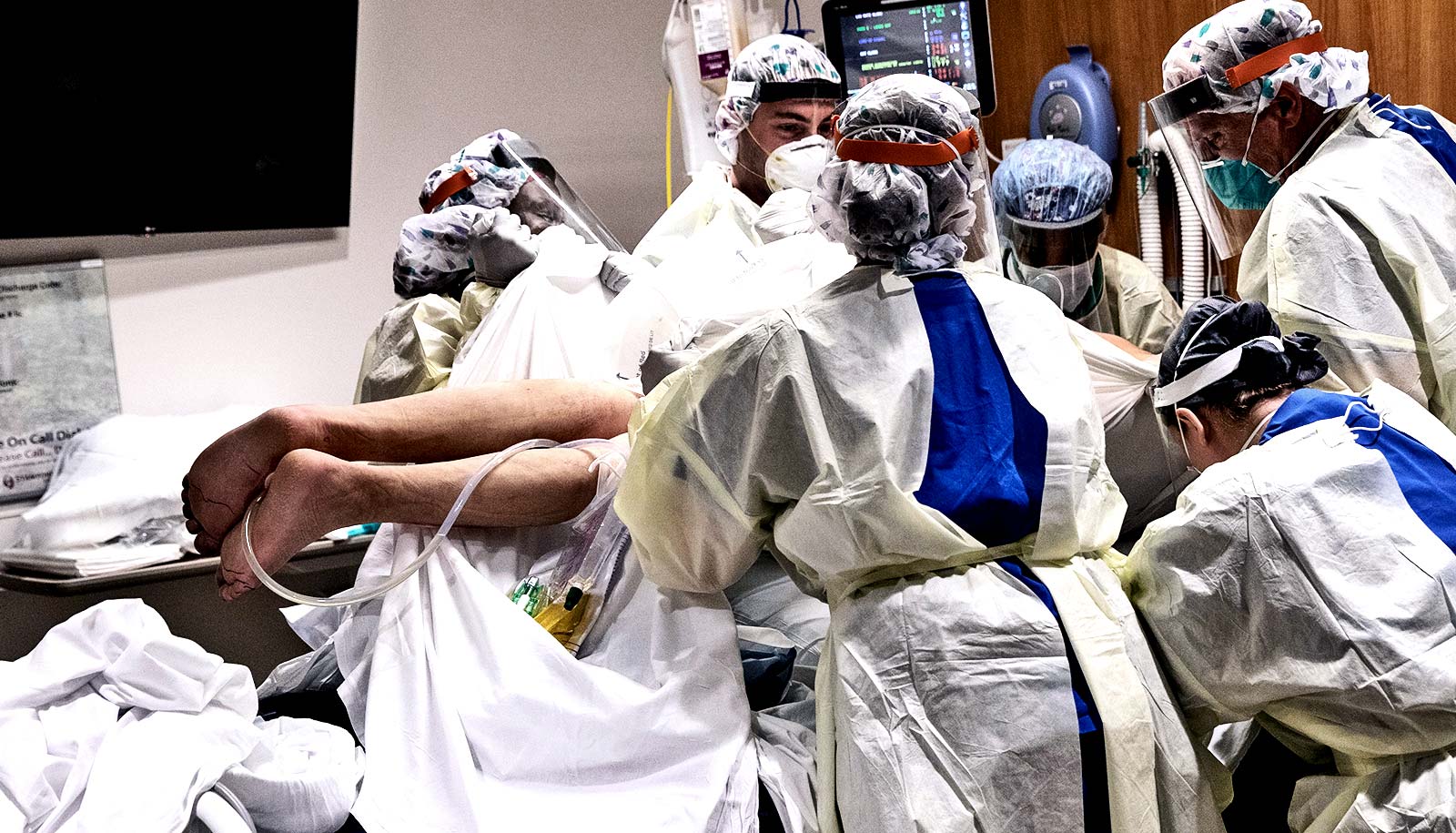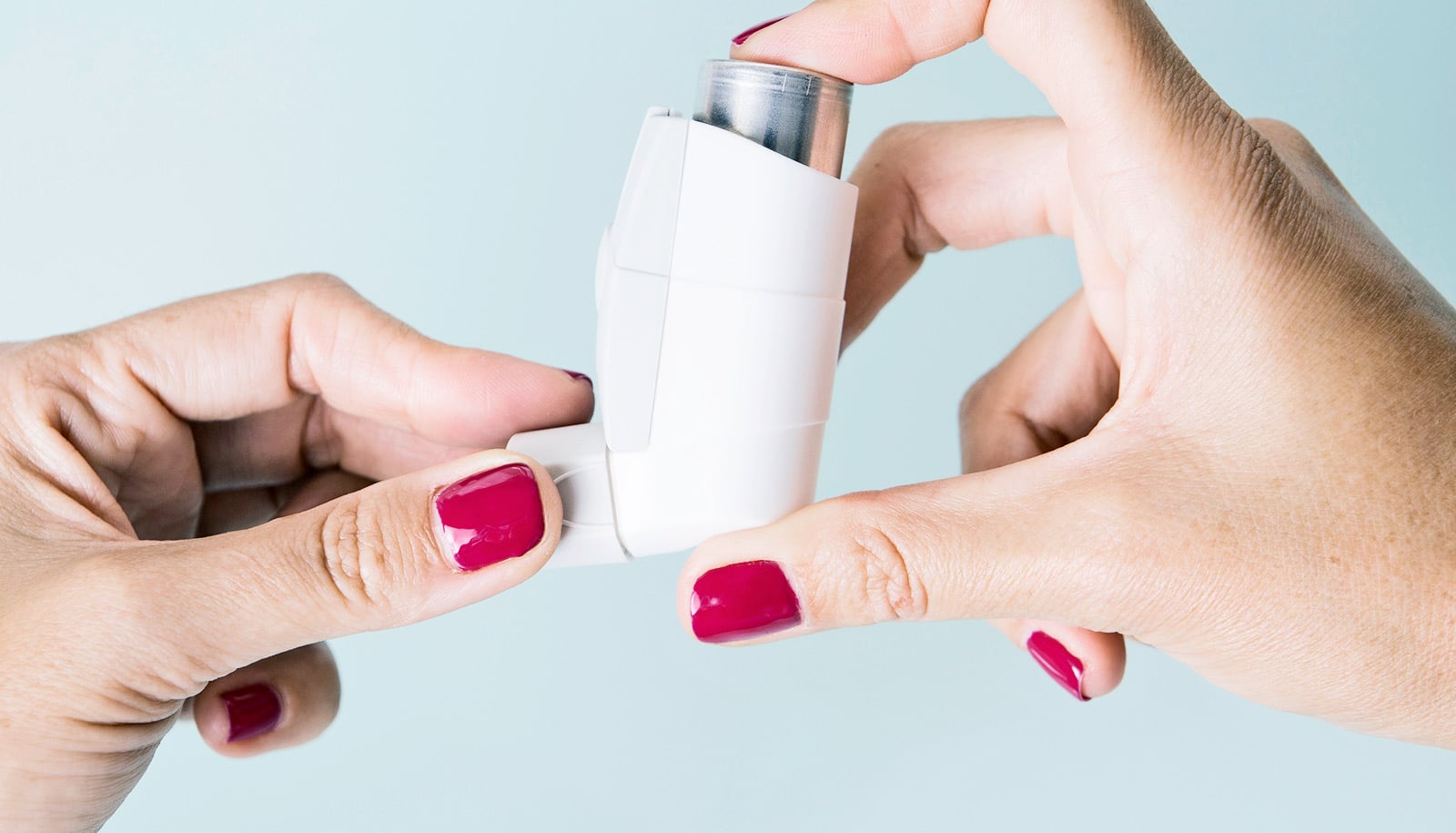Blowing air from a fan into the face of patients with advanced cancer who experience breathlessness, and other nonpharmacologic interventions, may offer symptom relief, researchers report.
On the other hand, the researchers found medications, such as opioids, had limited impact in improving breathlessness.
In a systematic review of 29 randomized clinical trials of breathlessness in 2,423 adults with advanced cancer, researchers found several nonpharmacological interventions were associated with improved breathlessness, including fan therapy and bilevel ventilation (air pressure delivered through a face mask covering the mouth and nose).
The results appear in the journal JAMA Oncology.
“Breathlessness, or dyspnea, is a common and distressing symptom in patients with advanced cancer,” says Arjun Gupta, chief medical oncology fellow at the Johns Hopkins Kimmel Cancer Center and lead author of the article.
“Breathlessness can be associated with and made worse by accompanying anxiety, and can severely impact quality of life and exercise capacity. In patients with advanced cancer, treating the underlying cause of breathlessness (such as the cancer itself) may provide incomplete symptom relief or may not be feasible,” Gupta says.
“In these scenarios, treating the symptom of breathlessness may be indicated. However, patients in this situation are often vulnerable with limited time to recover, and a question that comes up for clinicians is, are the potential benefits of this intervention likely to outweigh the harms?”
“Traditionally, in the ward, medications such as opioids and benzodiazepines are often used to treat breathlessness. However, we did not know how well they really worked in patients with advanced cancer. Some of the data was extrapolated from patients with other conditions such as lung and heart disease,” he says.
“Medications can also cause side effects such as drowsiness and constipation. Therefore, we performed a comprehensive review of interventions (both nonpharmacological and pharmacological) to improve breathlessness.”
Fan therapy and bilevel ventilation brought relief lasting for a few minutes to a few hours for patients admitted to the hospital, the review shows. On the outpatient side, acupressure and reflexology, as well as multicomponent interventions (combining activity and rehabilitation with behavioral, psychosocial, and integrative medicine), brought relief lasting for a few weeks to months. Harms associated with nonpharmacological interventions were minimal.
In the accompanying AHRQ report of 50 studies, the authors found that opioids were not more effective than placebo or anti-anxiety drugs for improving breathlessness. The opioid studies reviewed showed no differences in effectiveness between different doses or routes of administration. In addition, anti-anxiety drugs were not more effective than placebo for improving breathlessness.
“We believe these data should catalyze a shift in how we approach and treat breathlessness, away from a medicalized approach using drugs, to a more comprehensive assessment and attempting nonpharmacologic interventions, such as fan therapy, first,” Gupta says. “Clinical guidelines and practice should evolve to represent these novel findings.”
The Patient-Centered Outcomes Research Institute funded the work.
The Agency for Healthcare Research and Quality (AHRQ), which sponsored this study along with the American Society of Clinical Oncology (ASCO) and the Patient-Centered Outcomes Research Institute, published a longer companion report, including results from both nonpharmacological and pharmacological interventions for breathlessness. The findings are informing an upcoming ASCO Clinical Practice Guideline on the management of breathlessness in patients with advanced cancer.
Source: Johns Hopkins University


